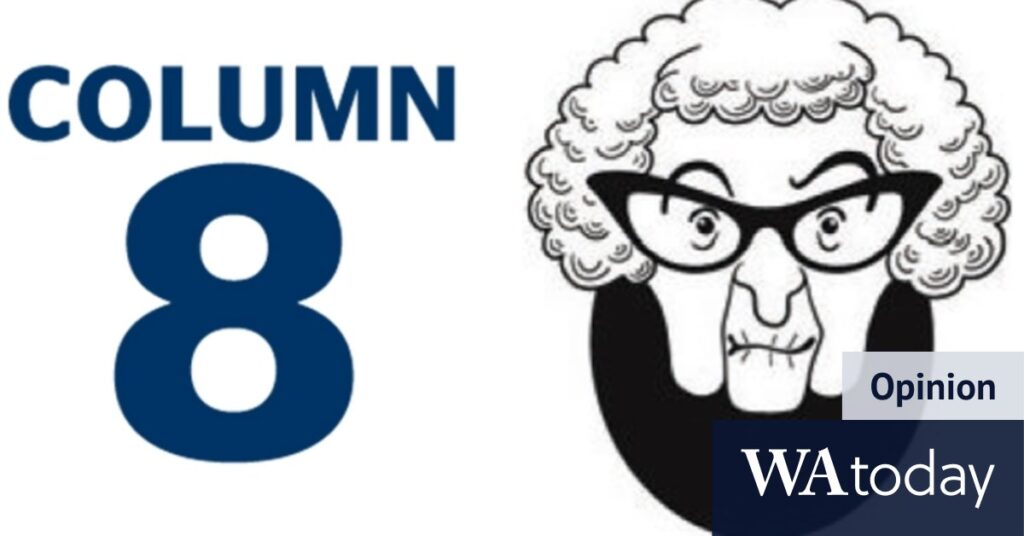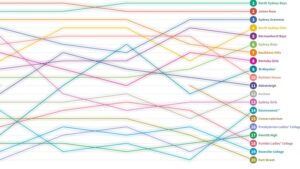
In a recent wave of nostalgia, residents from various parts of Australia have been reminiscing about the iconic wines and beverages that graced dinner tables during the 1960s. Richard Stewart of Pearl Beach fondly recalls the era’s dinner party staples, “Thank you, Bill Yonge: Sparkling Rhinegolde, Mateus, Ben Ean Moselle proudly on the dinner table. And then, next dinner party, the same bottles, now empty, proudly stuck with a lit candle providing a sophisticated ambience.”
Adrian Bell of Davistown adds a touch of sophistication to the memory lane, highlighting a popular trend of the time. “Sophisticated C8-ers will recall when the way to a girl’s heart was to present her with the empty bottle in the basket woven cane covered Chianti bottle, used as a candleholder in the cool Beatnik era.” This sentiment echoes the cultural shifts of the 1960s, where wine was not just a beverage but a symbol of style and romance.
The Cultural Significance of 1960s Wines
The 1960s were a transformative decade, not just politically and socially, but also in terms of culinary and drinking habits. Wines like Porphyry Pearl, often mentioned with a mix of fondness and critique, were considered the epitome of sophistication. George Baias of Summer Hill recalls it as a “drink of high sophistication”, despite John Frith of Paddington labeling it an “awful wine.” Baias notes its advertisement by Graham Kennedy on In Melbourne Tonight, emphasizing its affordability at
“only eight shillings and sixpence for a ‘large’ bottle.”
This development follows a broader trend of the era where wines were marketed as accessible luxury. The use of terms like méthode champenoise in advertising highlighted an appeal to a burgeoning middle class eager to embrace new cultural norms.
Beer vs. Wine: A Shift in Preferences
While wine was gaining popularity, not everyone was swayed by its charm. Peter Snowden of Orange reminisces about a different kind of beverage, expressing a longing for the simplicity of beer. “I recall all the fancy wines and romantic tipples shared by C8 devotees of late, but gee I long for a crisp, chilled, twenty-six ounce bottle of Reschs DA. ‘Dinner Ale, the perfect accompaniment to any setting’.” This sentiment reflects a broader cultural dichotomy of the time, where traditional beer drinkers coexisted with the new wave of wine enthusiasts.
Expert Opinions on Beverage Trends
According to cultural historian Dr. Emily Carter, the 1960s marked a pivotal shift in Australian drinking habits. “The introduction of European wines to Australian dinner tables was a reflection of post-war migration and the influence of European culture,” she explains. “It was a time when Australians were eager to explore new tastes and experiences.”
Meanwhile, the beer industry was also evolving. The introduction of brands like Reschs DA catered to those who preferred traditional Australian flavors. Dr. Carter notes, “Beer remained a staple for many, representing a connection to Australian identity amidst the changing cultural landscape.”
Looking Back and Moving Forward
The reflections on these beverages are more than just nostalgic musings; they offer a window into the cultural dynamics of a bygone era. The memories shared by Stewart, Bell, Baias, and others highlight how drinks were intertwined with social rituals and personal identities.
As Jack Munro of Concord West humorously suggests, “Surely the world’s first big scandal (C8) took place in the Garden of Eden and should be known as Applegate.” This playful remark underscores the timeless nature of debates over taste and tradition.
As Australia continues to evolve, the legacy of the 1960s drinking culture remains a cherished chapter in its social history. Whether through the lens of wine or beer, these stories remind us of the ever-changing yet enduring nature of cultural preferences.






